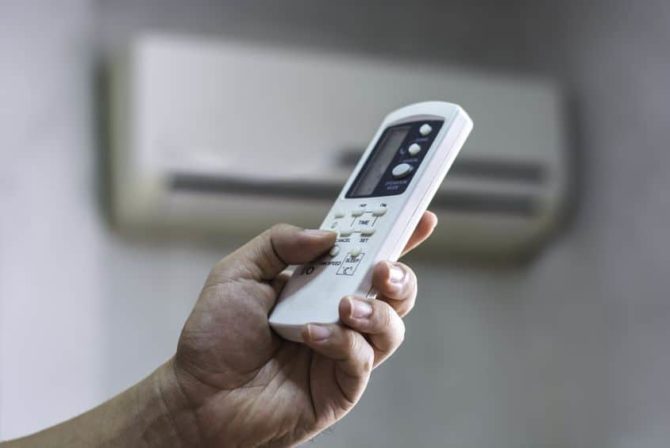
If you haven’t noticed the warmer weather, the happy emergence of the bluebonnets or the increase in antihistamine sales, allow us to announce that spring is finally here! After what was starting to feel like an eternal winter, we can finally look forward to long days at the ballpark, trips to the zoo and just enjoying the outdoors. With your heater heading into hibernation, you may be tempted to set low temperatures for blasting cold air. Leave that expensive practice to the movie theaters. (Their overpriced candy covers their HVAC costs, we expect.) This spring, make a conscious effort to cool your home efficiently. The first step is setting the temperature for maximum savings.
The not-so-well-known rule of thumb for indoor temperatures is to set your thermostat no higher than 68 degrees in the winter and no lower than 78 degrees in the summer. If you broke a sweat just reading that last temperature, don’t panic! We’ve compiled a list of tips to help you keep comfortably cool while racking up energy savings.
- Use your ceiling fans. In the spring and summer, your fans should be rotating counter-clockwise. You may need to reverse the flow if you switched it to clockwise rotation during the winter. Utilizing the ceiling fans in your home will help in creating a cooling breeze. A wind chill from a ceiling fan can make you feel up to five degrees cooler than the actual room temperature. 73 degrees sounds a lot better than 78 doesn’t it?
- Another way to supplement your air conditioner is to use heat-producing devices at the right time. Running your washer and dryer, ironing your clothes and cooking are tasks best done in the morning or evening when the sun is low. This way you don’t have to use your thermostat to simultaneously combat the sun’s heat from the outside and your appliance’s heat from the inside.
- Another easy fix is to invest in high-efficiency LED or standard halogen light bulbs. Yes, they cost more than the average incandescent bulb, but they pay for themselves in energy savings and comfort. LED bulbs generally use one-tenth the electricity that an incandescent bulb will. They also emit no heat. This is important to note in comparison to incandescent bulbs, which produce 90% heat and 10% light with the energy they use.
With these simple tips, you can easily stick to the 78-degree rule of thumb. When it feels more like 70-73 degrees, you won’t hear any complaints from your family members. And when you receive your new and improved energy bill, they won’t hear any complaints from you!
If you’re interested in learning more about saving energy, a spring tune-up for your air conditioner or a smart, programmable thermostat, call Champion Home Services today!




